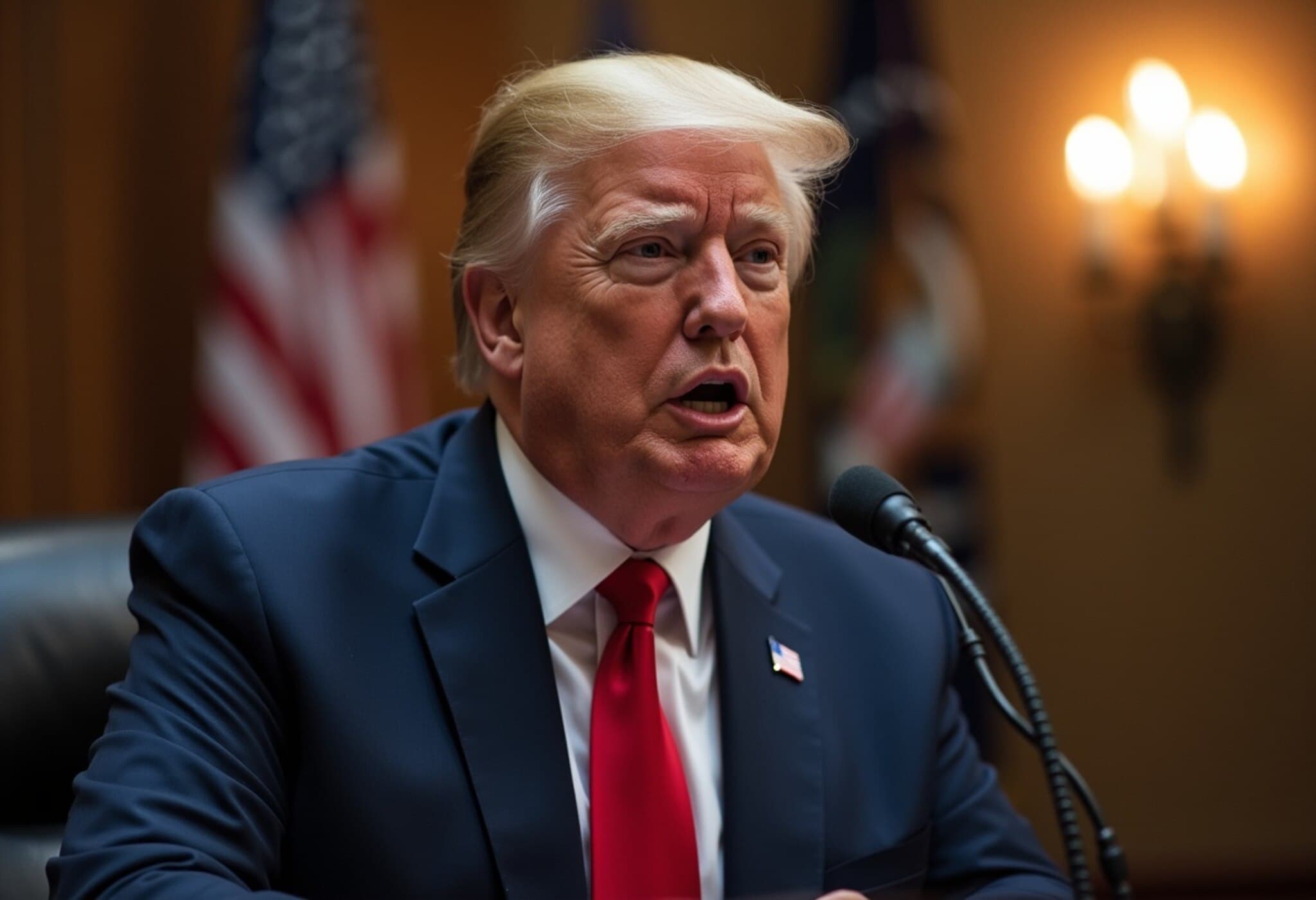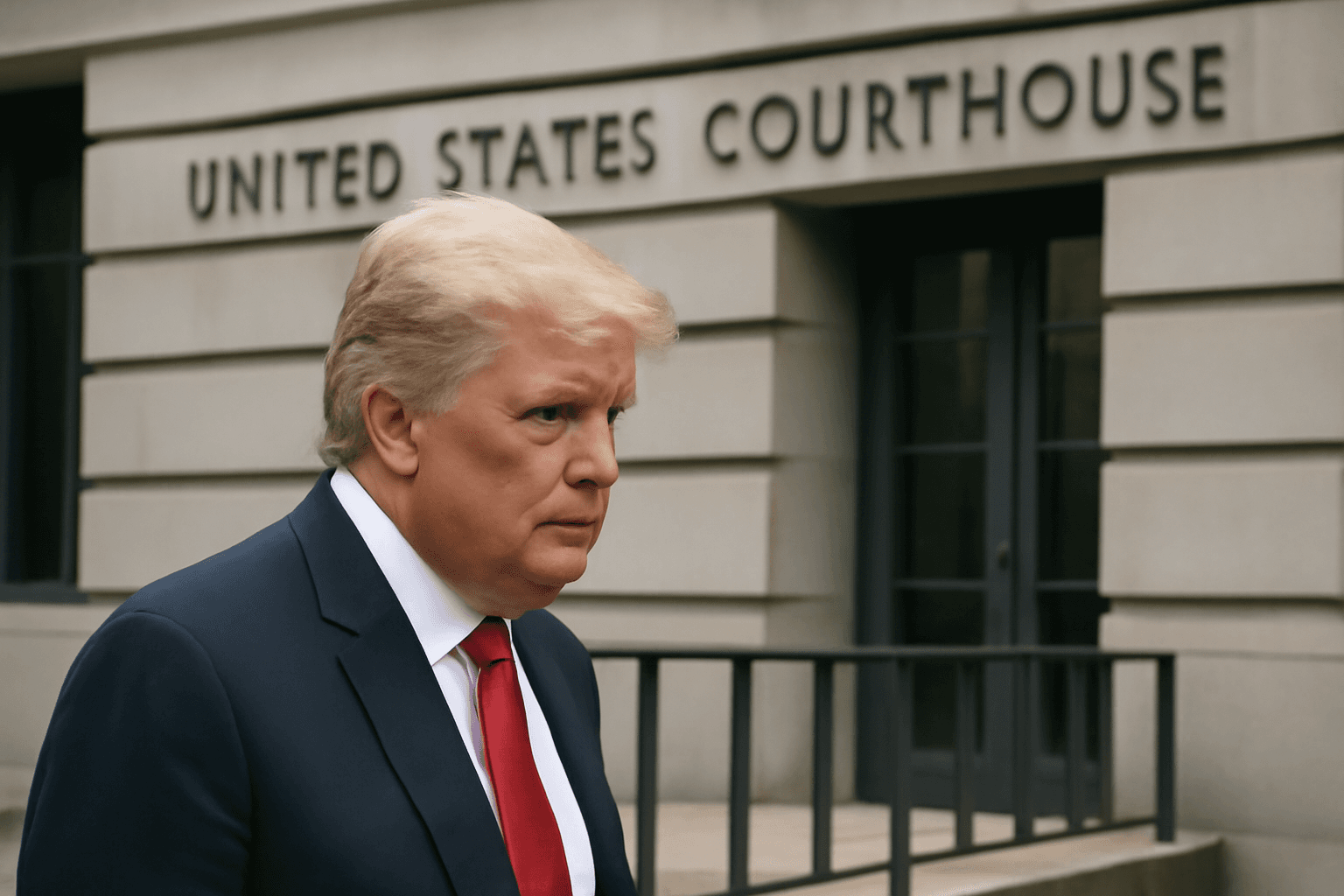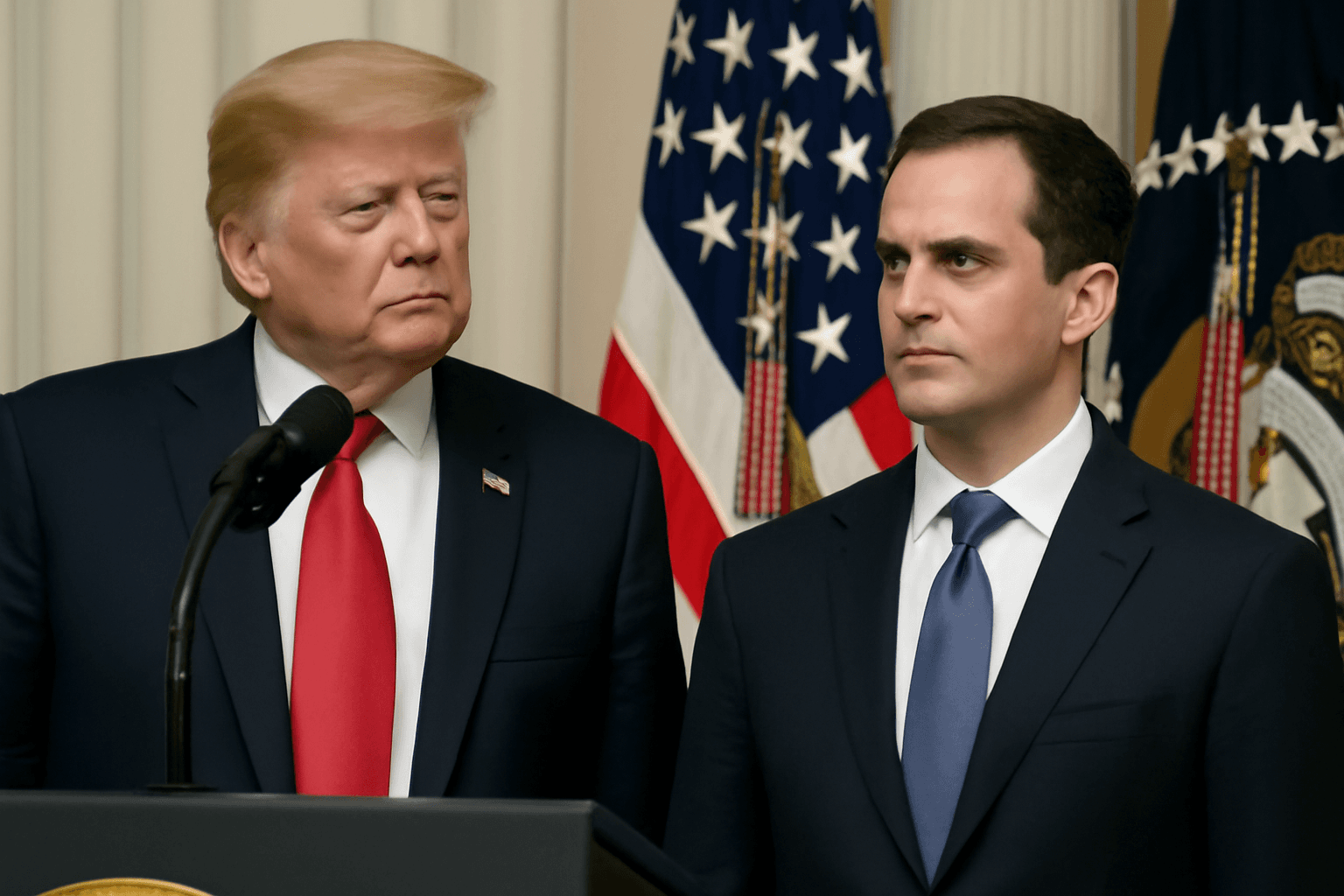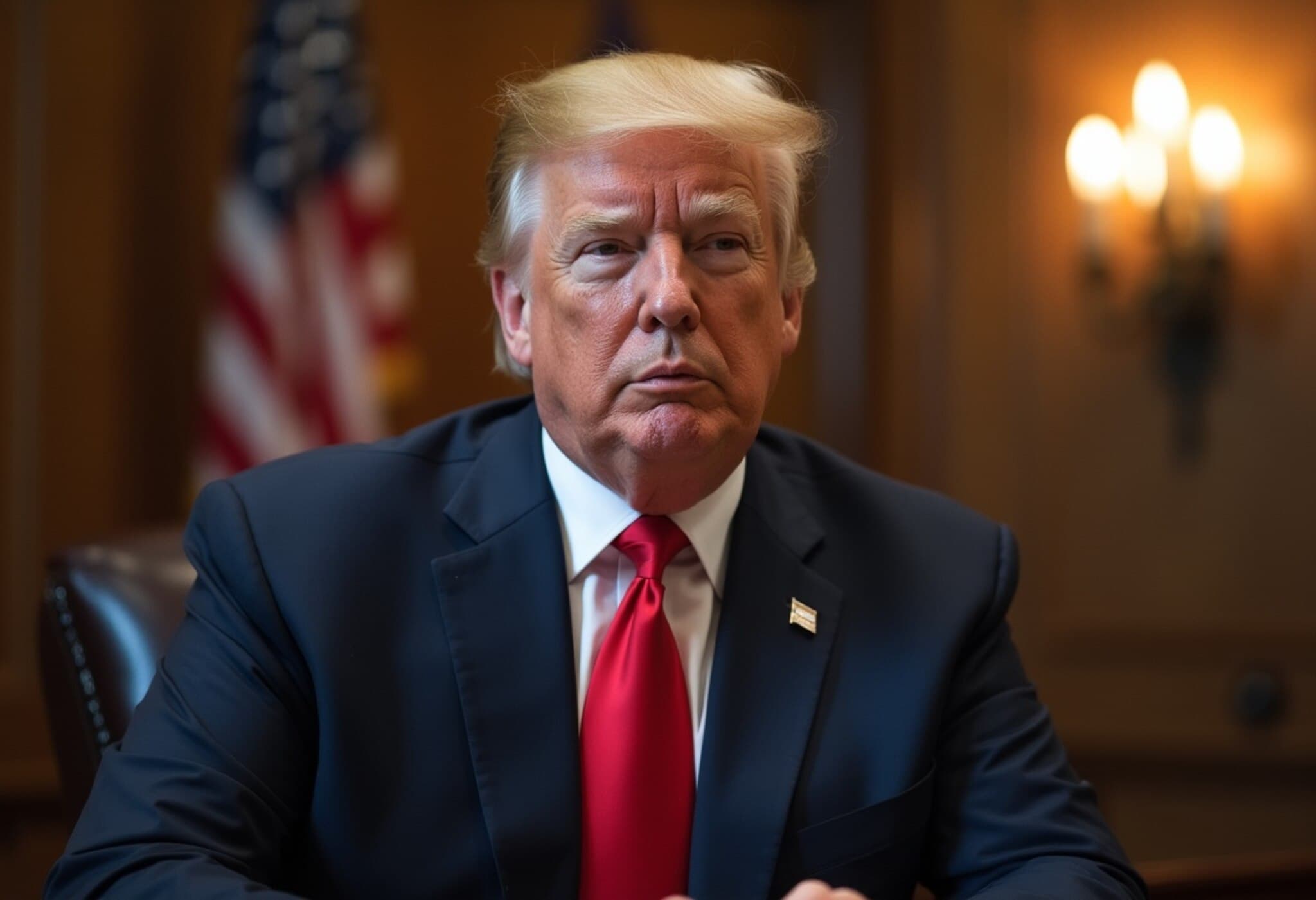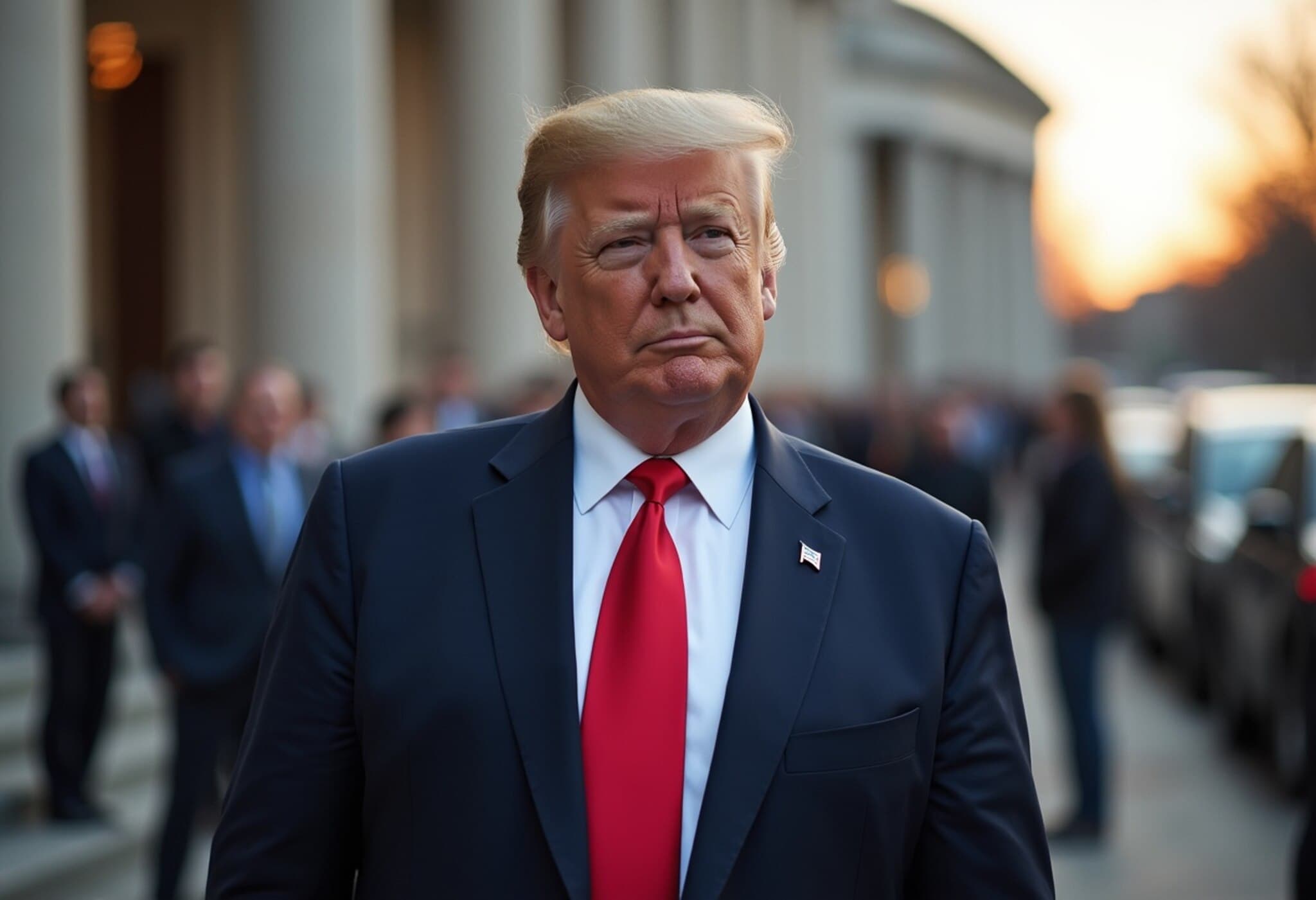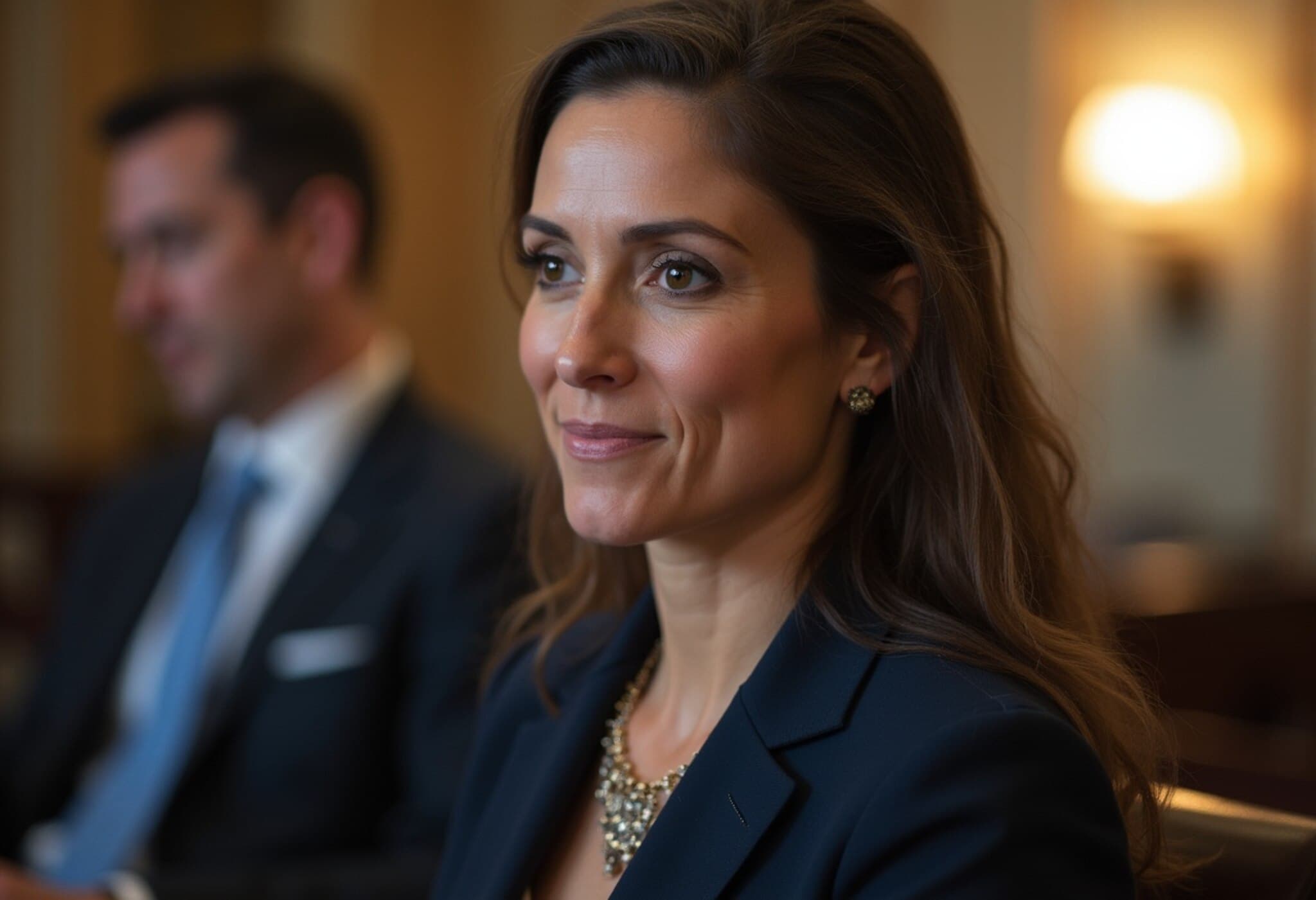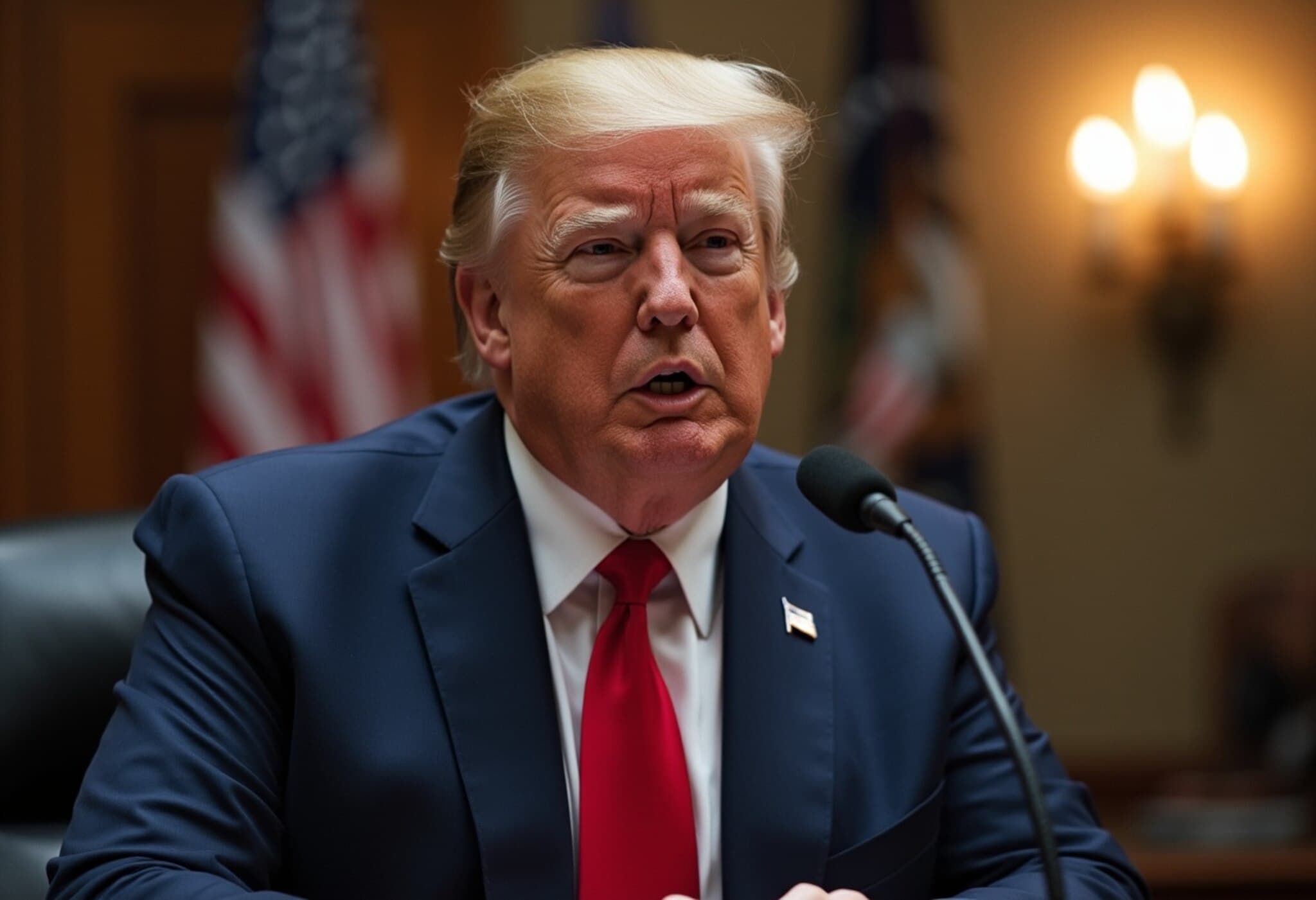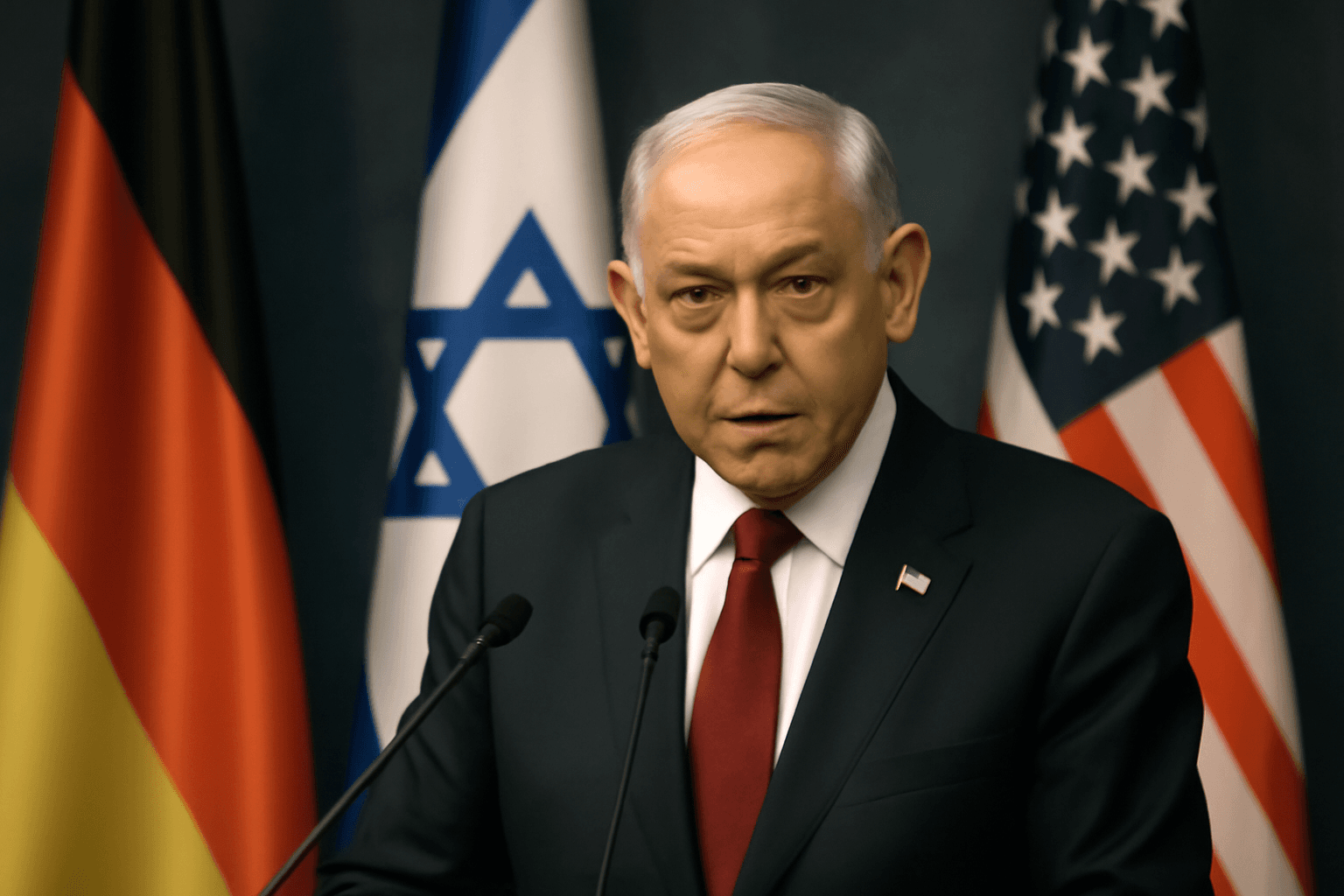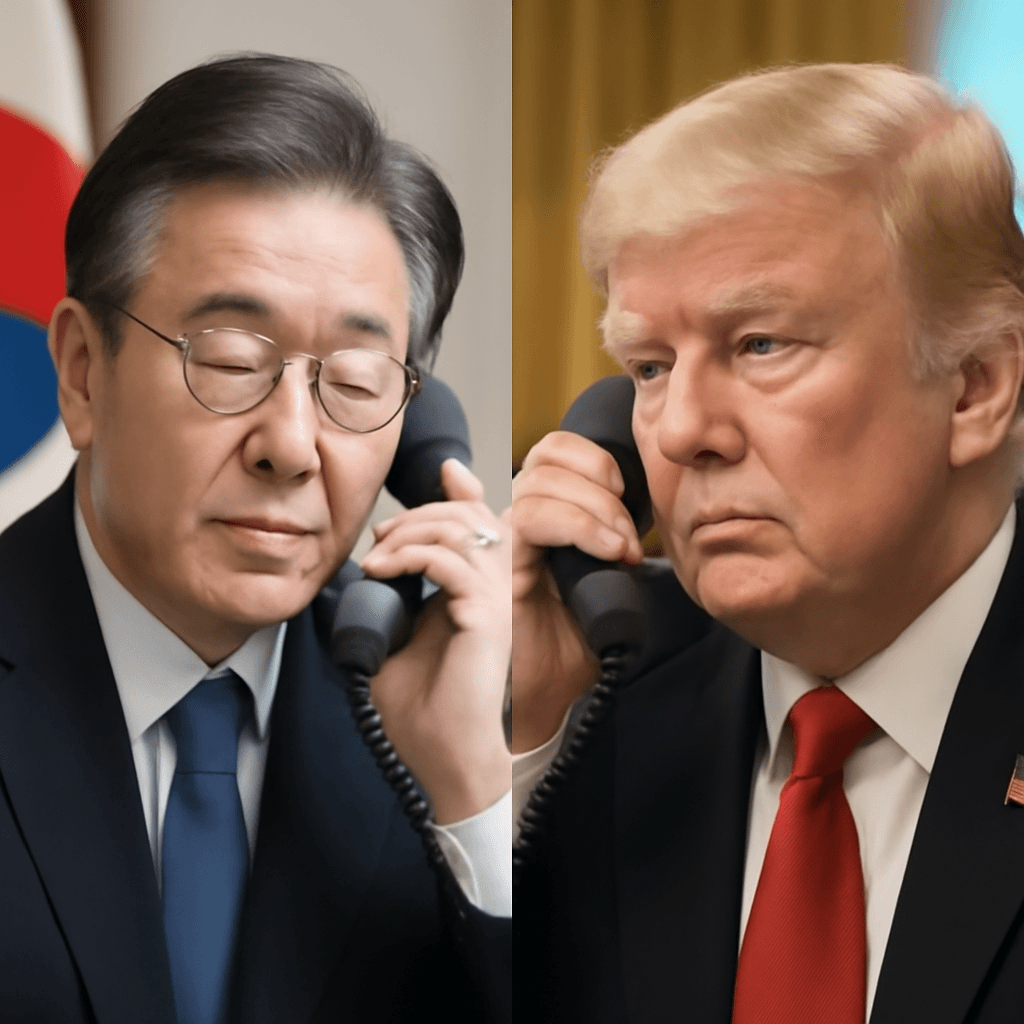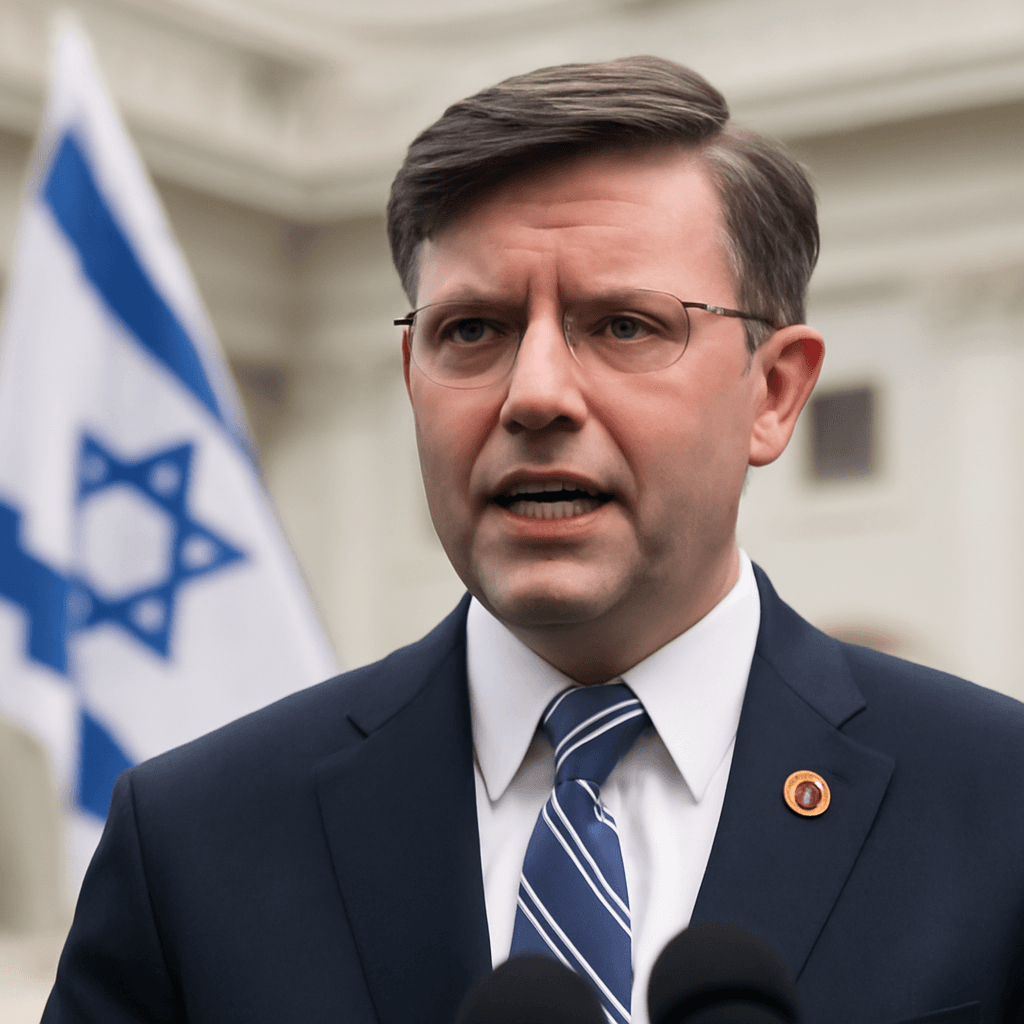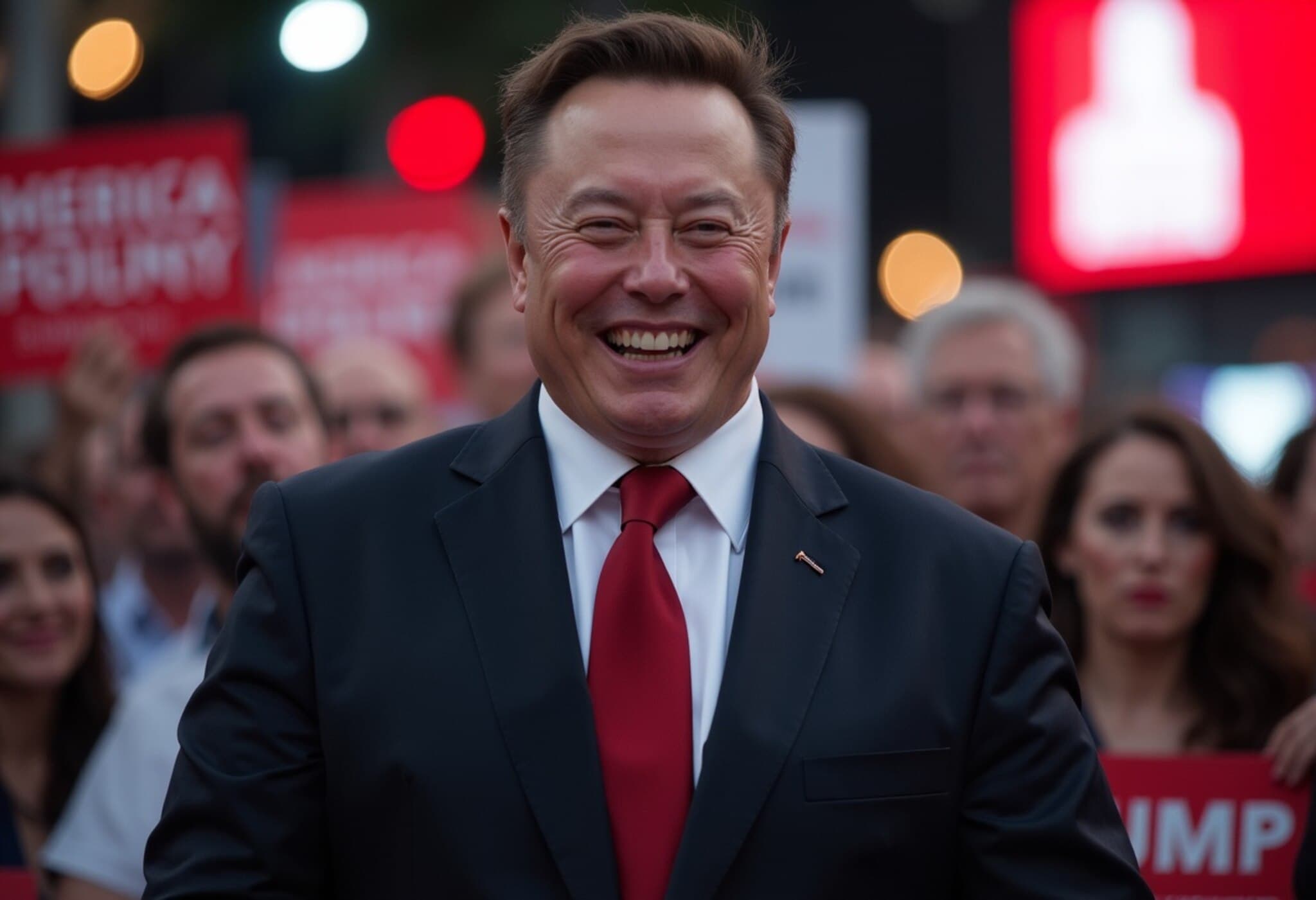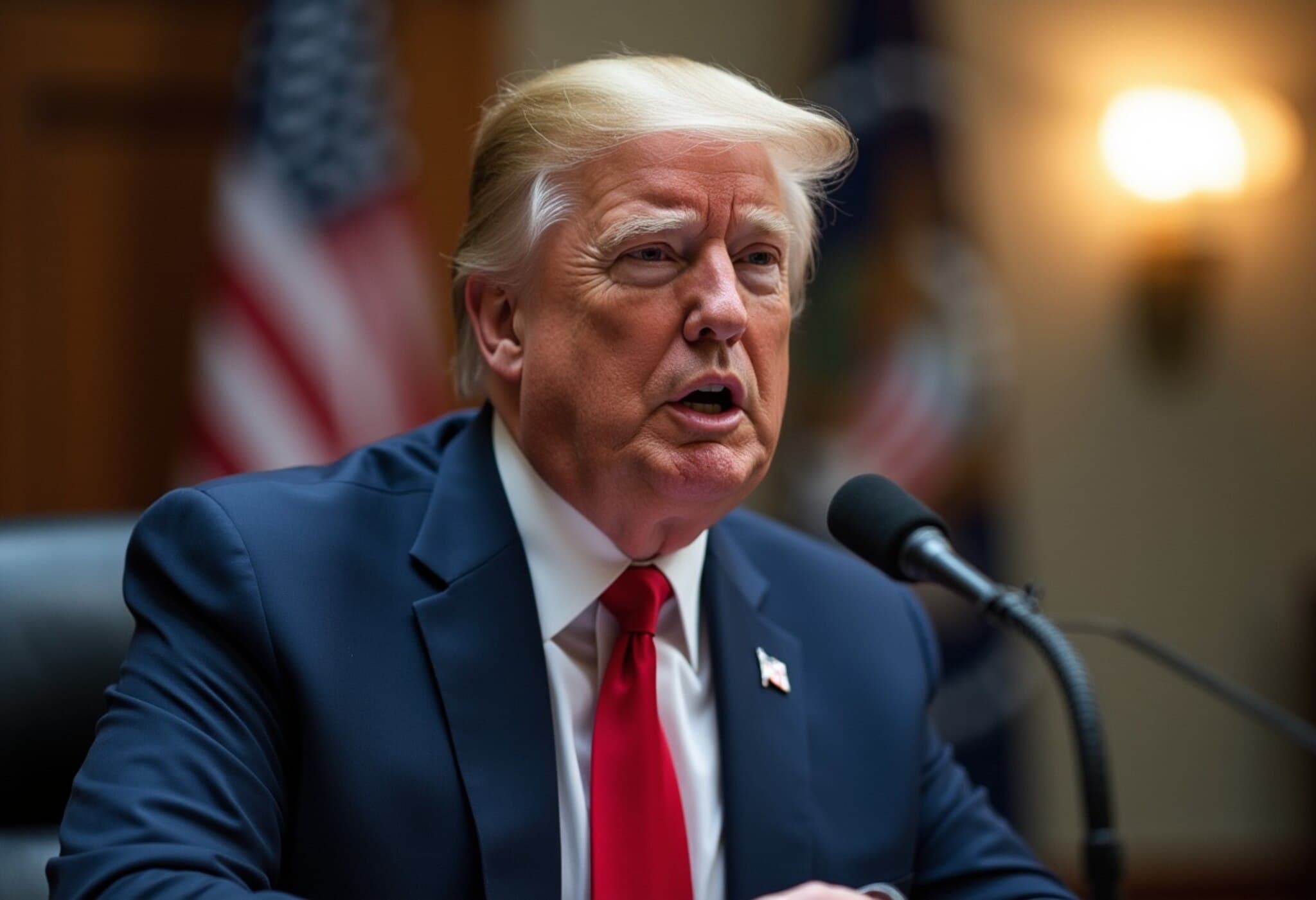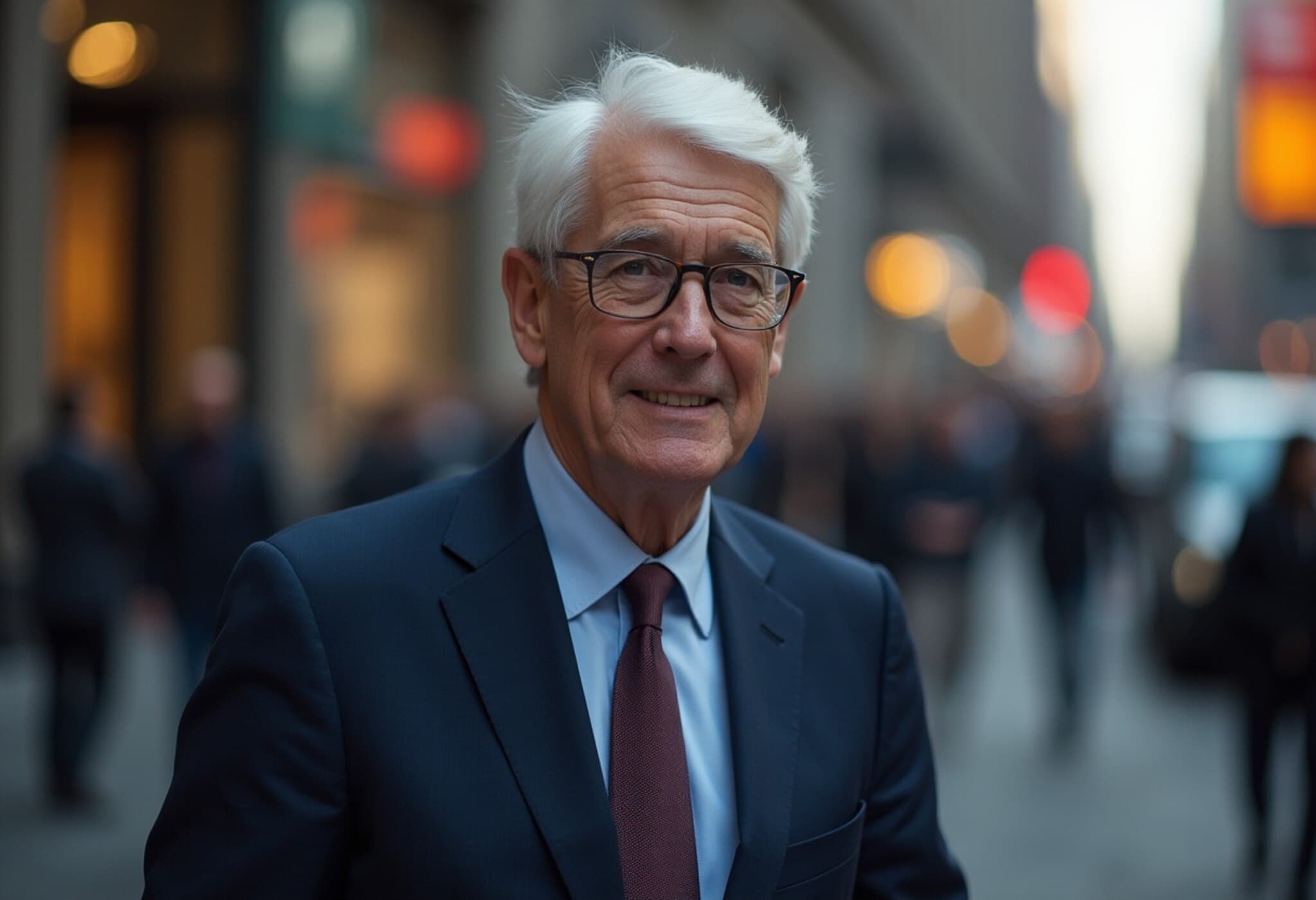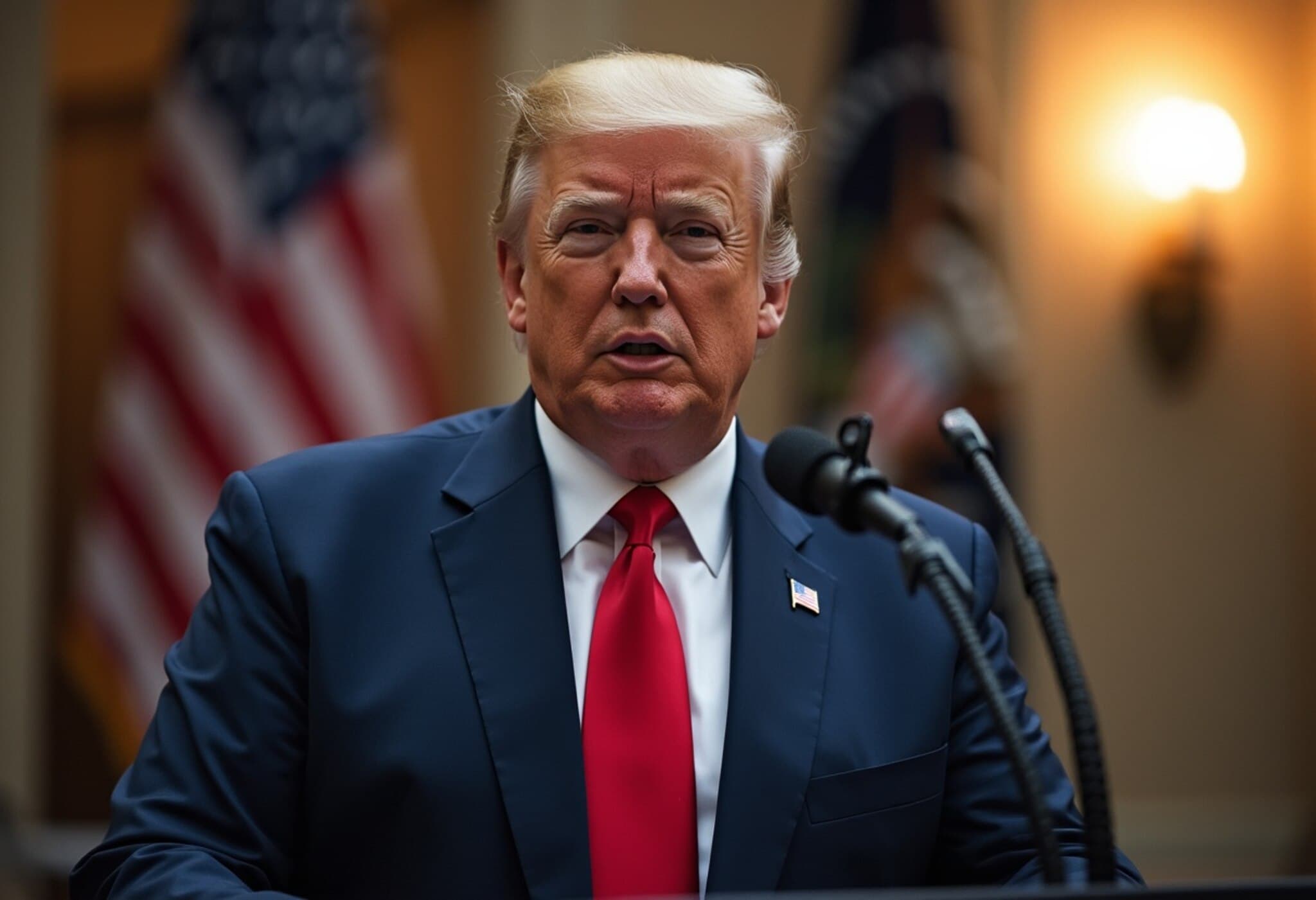Trump’s Judicial Nominees and the Future of Abortion Rights
In the ongoing national debate over abortion access, former President Donald Trump's judicial appointments stand as a pivotal, yet sometimes overlooked, factor. While Trump has positioned abortion as a matter best left to states, the lifetime tenure of his federal judicial nominees means their influence will far outlast his presidency, potentially reshaping abortion rights across the country for decades.
Shifting Stance on Abortion but Strategic Judicial Influence
Throughout his political career, Trump has taken varying public positions on abortion, at times framing it as a state-level concern. However, his aggressive judicial appointee strategy reveals a more direct method of impacting abortion policy without congressional action. As Bernadette Meyler, a constitutional law professor at Stanford University, explains, this approach "is a way of federally shaping the abortion question without going through Congress or making a big, explicit statement." Such judicial nominations can enact profound, lasting changes on abortion access under the radar, avoiding the political spotlight intense legislative debates often bring.
Profile of Key Nominees Advocating Abortion Restrictions
An Associated Press review of 17 judicial nominees from Trump's second term found nearly half demonstrating explicit anti-abortion views or involvement in defending stringent abortion restrictions. Here’s an overview of some notable nominees:
- Whitney Hermandorfer (6th US Circuit Court of Appeals): A legal career built on challenging abortion and transgender rights protections. Defended Tennessee’s strict abortion ban, emphasizing abortion as a unique medical procedure that terminates a life.
- Maria Lanahan (Missouri district court nominee): Instrumental in lawsuits challenging the FDA’s approval of the abortion medication mifepristone, supported efforts to defund Planned Parenthood in Missouri.
- Jordan Pratt (Middle District of Florida nominee): Described abortion as a "barbaric practice" in supporting Florida’s 15-week abortion ban; struck down judicial waivers for minors seeking abortions without parental consent.
- Joshua Divine (Missouri district judge nominee): Self-described "zealot" for the anti-abortion movement; co-authored lawsuits rife with misinformation against medication abortion; actively defended abortion restrictions against voter-approved abortion rights amendments.
- Chad Meredith (Eastern District of Kentucky nominee): Previously defended mandatory ultrasounds and other abortion restrictions as the state's chief deputy general counsel.
- Bill Mercer (Montana nominee): A Republican lawmaker backing multiple anti-abortion laws including mandatory ultrasounds, waiting periods, and bans after 20 weeks.
Political and Geographic Patterns in Nominations
Almost all second-term nominees hail from states that supported Trump in 2024, many from Republican-led states with aggressive abortion restrictions such as Missouri and Florida. This alignment reflects how federal judicial appointments serve as extensions of state-level politics, embedding conservative legal philosophies into the judiciary to maintain or intensify abortion limitations.
Responses from the White House and Advocacy Groups
The White House defends these appointments as fulfilling Trump's promise to respect the 2022 Supreme Court decision overturning Roe v. Wade, emphasizing states’ rights and the protection of human life without taxpayer-funded abortion. Harrison Fields, a White House spokesman, stated that the administration’s nominees support "the sanctity of human life" and popular state decision-making.
Conservative advocacy groups like SBA Pro-Life America express optimism about the trajectory of judicial appointments aligning with their goals, eager for continued nominees with similar profiles. Meanwhile, abortion rights advocates warn that this judicial entrenchment of anti-abortion views represents a deliberate, long-term strategy to chip away at reproductive freedoms across all levels of government. Mini Timmaraju, president of Reproductive Freedom for All, criticized the approach as "a way Trump has gotten away with distancing himself from abortion — saying he’s going to leave it to the states while simultaneously appointing anti-abortion extremists at all levels of government."
Implications and Broader Context
The Trump administration’s judicial strategy exemplifies how Supreme Court and federal court appointments can decisively influence policy outcomes in highly polarized issues like abortion. With three Supreme Court justices appointed by Trump instrumental in overturning Roe v. Wade, his lower court nominations become critical in shaping the contours of abortion access amid a fragmented patchwork of state laws.
Experts caution that focusing solely on legislative and executive branch actions overlooks this judiciary-driven shift in American reproductive rights. These courts will determine the constitutionality of state laws restricting abortion, mediate access to medication abortion, and interpret new legal challenges that arise from shifting voter sentiments and activism.
What’s Next for the Judiciary and Abortion Rights?
- Litigation hotspots: States with contested abortion amendments and laws will see continued court battles that hinge on the judicial philosophy of these appointments.
- Long-term influence: Lifetime judicial appointments mean that the effects of Trump's picks will persist, influencing abortion rights even under different administrations.
- Public awareness: Greater scrutiny of judicial nominees’ backgrounds and views could mobilize voters and advocacy groups to engage more deeply in confirmation processes.
- Policy fallout: Courts may also shape laws related to medication abortion, telehealth, and parental consent in ways that impact millions of Americans’ health decisions.
Editor’s Note
Donald Trump’s federal judicial appointments have quietly become a cornerstone in the ongoing struggle over abortion rights in the United States. By appointing judges with well-documented anti-abortion perspectives, his administration has leveraged the judiciary to reshape reproductive policy far beyond state legislatures or Congress. As these judges take the bench, understanding their potential long-term impact is crucial not only for legal professionals and policymakers but for everyday Americans navigating an increasingly divergent landscape of reproductive healthcare access. The story underscores a critical legal and political reality: courts, more than any elected body, are now a decisive battleground in the fight over abortion.
Will future administrations alter this trajectory, or will these judicial precedents solidify a new American legal landscape for abortion rights? The answer lies at the intersection of politics, law, and public advocacy — a terrain well worth watching closely.

